About COPEG
Panama - United States Commission for the Eradication and Prevention of Screwworm (COPEG)
About COPEG
Panama - United States Commission for the Eradication and Prevention of Screwworm (COPEG)
History of the program
COPEG conformation
The cooperative agreement that creates Panama- United States Commission for the Eradication and Prevention of Screwworm (COPEG) was signed on February 11, 1994 by the Ministry of Agricultural Development (MIDA, https://mida.gob.pa/ ) of Panama and the United States Department of Agriculture (USDA, https://www.usda.gov/).
COPEG purpose
The purpose of this program is to plan, design, construct, equip, and operate a production plant of sterile flies for New World Screwworms (Cochlyiomia hominivorax;NWS), as well as to eradicate and prevent its reinfestation.Cochliomyia hominivorax; GBG), así como erradicar y prevenir su reinfestación.
The Production Plant of Flies
La Planta de Producción de Moscas Estériles en Pacora fue inaugurada el 12 de julio de 2006 al igual que el país de Panamá fue técnicamente declarado libre de GBG.
Única Planta en el Mundo
COPEG es la única planta en el mundo que produce moscas estériles del gusano barrenador del ganado, produciendo millones de moscas semanalmente las cuales son dispersadas por avión en el este de Panamá, la provincia de Darién y 20 millas en Colombia. This biological buffer zone prevents the movement of NWS from South America.
COPEG currently employs
COPEG currently employs 400 people and contributes to $3.1 billion savings annually to screwworm-free countries.
Maintains and prevents the movement of NWS in Panama
The program maintains and prevents the movement of NWS in Panama, retains technical expertise, improves the efficiency and effectiveness of operations through scientific innovation and advancements, is equipped for international emergency responses to outbreaks, and collaborates with other countries interested in eradicating the screwworm.
Milestones reached
On June 1, 2021, the World Organization for Animal Health (OIE) published Panama’s self-declaration of freedom from myiasis by NWS (except for the biological buffer zone). While Panama was recognized by the USDA as being NWS-free on August 8, 2008
